Want To Beat The Honda CR-V? Sell a Hybrid
After finishing a close third behind the plunging Ford Explorer and Chevrolet TrailBlazer in 2006, the Honda CR-V went on to claim the top spot among SUVs/crossovers in America in eight of the following nine years, including the last four consecutive years.
A victorious ending to 2016 appears less certain for the CR-V. In the last five months, the best-selling utility vehicle in America was the Toyota RAV4, sales of which rose 14 percent in the first-quarter of 2016 as CR-V volume slid 3 percent.
Incidentally, the last SUV to unseat the CR-V on a calendar year basis was the Ford Escape. Back in 2011, the Escape was available with a hybrid powertrain, an option not offered by rival small SUVs. Fast forward to 2016, and the vehicle most likely to unseat the CR-V — the surging RAV4 — is likewise available with a hybrid powertrain. A meaningless, low-volume variant meant to bolster an automaker’s green cred? Perhaps that was the case with the Escape in 2011, but there’s an entirely different story to tell with the RAV4 five years later.
Let’s rewind. In 2011, after losing out in a fourth consecutive year to the CR-V one year earlier, the Escape posted a massive 33-percent year-over-year improvement, besting the Honda by nearly 36,000 sales. Mixed into that 36,000-unit margin were about 10,000 Escape Hybrid sales at the end of the Hybrid’s lifecycle, less than half the total achieved by the Escape four years earlier. Even without the Hybrid’s additional sales, the Escape would still have ended 2011 as America’s top-selling utility vehicle, and by a wide margin.
One year later, despite a modest uptick in Escape sales (plus only a handful of leftover Escape Hybrid sales) and a fast-rising new CR-V, the Escape fell back into its typical number two slot, a place previously held by the Escape every year since 2007, when the Toyota RAV4 grabbed the silver medal.
With a refreshed 2016 Toyota RAV4, however, Toyota began making its claim late last year. Toyota knows what it is to routinely top a sales leaderboard in the United States. The Camry has led all passenger cars in 14 consecutive years and in the last seven months. There, too, a hybrid powertrain makes a meaningful difference. 46 percent of the Camry’s margin over the Honda Accord in calendar year 2015 was made up by Camry Hybrids.
For the RAV4, however, the hybrid has played an integral role in early 2016, securing a place ahead of all rival SUVs and crossovers and propelling the RAV4 to the highest rate of growth among the 12 most popular utility vehicles in the country.
Toyota USA reported 76,122 total RAV4 sales between January and March, enough to carve out a 4,528-unit lead over the second-ranked Escape, which you’ll recall is no longer available with a hybrid powertrain.
Among those 76,122 RAV4s sold in the first-quarter were 7,484 RAV4 Hybrids. Subtract that 10 percent of the RAV4’s total and Toyota no longer claims top spot among SUVs and crossovers in America. Sans hybrid, the RAV4 falls to fourth, behind the Escape, CR-V, and Rogue. Sans hybrid, RAV4 volume is up not by 14 percent but rather by a modest 2 percent, outpaced by the rate of growth in the industry at large and easily exceeded by the 9 percent increase in SUV/crossover sales.
Of course, this assumes that without an available hybrid powertrain these eventual RAV4 Hybrid customers wouldn’t have turned into buyers of conventional RAV4s. Yet it’s entirely possible that these RAV4 Hybrid customers are tuned into the idea of the most efficient all-wheel-drive utility vehicle available. (Only the front-wheel-drive Lexus NX300h, which shares the RAV4’s architecture, achieves higher numbers, and only by a single mile per gallon in city driving. The RAV4 Hybrid is exclusively all-wheel-drive.) EPA combined ratings put the RAV4 Hybrid at 33 miles per gallon, a significant increase from the 25 mpg achieved by the most efficient all-wheel-drive, gas-only RAV4. All-wheel-drive versions of the Honda CR-V and Nissan Rogue are rated at 27 mpg combined; all-wheel-drive Mazda CX-5s and four-cylinder Mitsubishi Outlanders are rated at 26 mpg combined.
The RAV4 Hybrid is therefore clearly offering a consequential efficiency upgrade, one that’s unavailable on other top sellers in its category: CR-V, Rogue, Equinox, Cherokee, Forester, and Escape. Granted, it comes at a cost, albeit not a hugely significant one. The RAV4 XLE Hybrid starts at $29,420 while the RAV4 Limited Hybrid is priced from $34,660. In each case, the hybrid powertrain adds $790 to the cost of an equivalent RAV4 XLE AWD or RAV4 Limited AWD. Furthermore, the gas-only RAV4 must not yet fend off an in-showroom challenge from a more efficient subcompact crossover, though the C-HR is on its way to fight the Honda HR-V, Jeep Renegade, and Chevrolet Trax, among others.
As for the Escape, we now see how it all comes full circle. The last utility vehicle to outsell the Honda CR-V over a calendar year basis was a vehicle available with a hybrid system, which thanks to a licensing agreement with Toyota, used a hybrid design seen in Toyota hybrids, too. The next vehicle with a strong chance of outselling the CR-V also uses a Toyota hybrid system, only this time, it’s a Toyota. Ford, which indirectly replaced the Escape Hybrid with the C-Max mini-MPV, sold a combined total of 75,653 Escapes and C-Maxes in 2016’s first-quarter, only 469 units shy of the outright RAV4 total.
Even at its peak, the Escape Hybrid was not sufficiently successful to force rival automakers into pouring green resources into their competing vehicles nearly a decade ago. But if the RAV4 continues to top the leaderboard because it’s sourcing added strength from its hybrid offering, competitors will be spurred to more committed action.
[Images: Toyota]
Timothy Cain is the founder of GoodCarBadCar.net, which obsesses over the free and frequent publication of U.S. and Canadian auto sales figures. Follow on Twitter @goodcarbadcar and on Facebook.
More by Timothy Cain
Latest Car Reviews
Read moreLatest Product Reviews
Read moreRecent Comments
- AZFelix What could possibly go wrong with putting your life in the robotic hands of precision crafted and expertly programmed machinery?
- Orange260z I'm facing the "tire aging out" issue as well - the Conti ECS on my 911 have 2017 date codes but have lots (likely >70%) tread remaining. The tires have spent quite little time in the sun, as the car has become a garage queen and has likely had ~10K kms put on in the last 5 years. I did notice that they were getting harder last year, as the car pushes more in corners and the back end breaks loose under heavy acceleration. I'll have to do a careful inspection for cracks when I get the car out for the summer in the coming weeks.
- VoGhost Interesting comments. Back in reality, AV is already here, and the experience to date has been that AV is far safer than most drivers. But I guess your "news" didn't tell you that, for some reason.
- Doc423 Come try to take it, Pal. Environmental Whacko.
- 28-Cars-Later Mazda despite attractive styling has resale issues - 'Yota is always the answer.




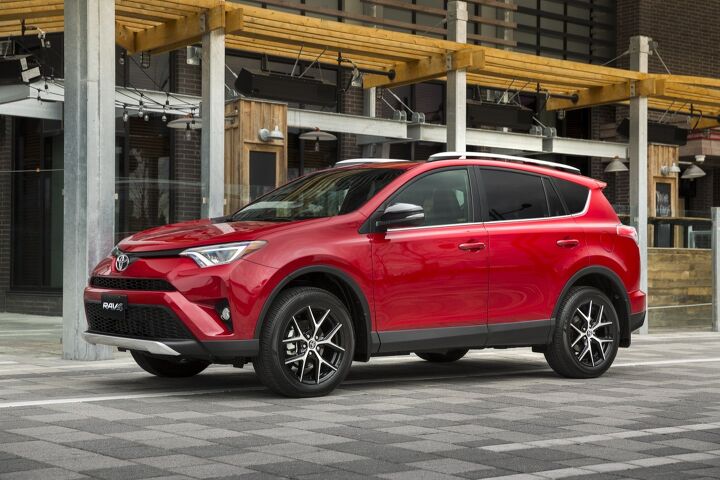













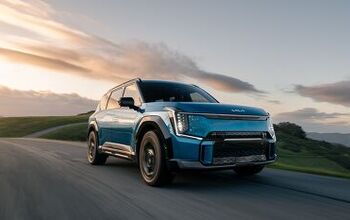
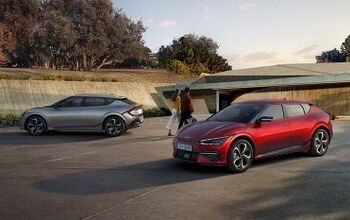
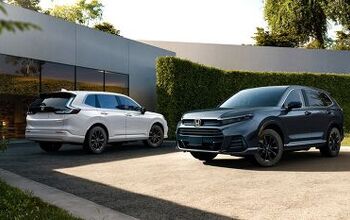
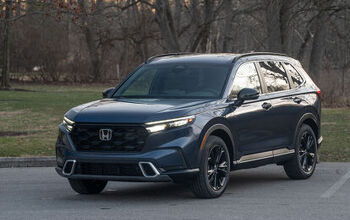

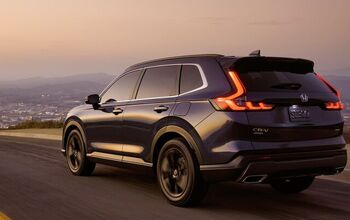


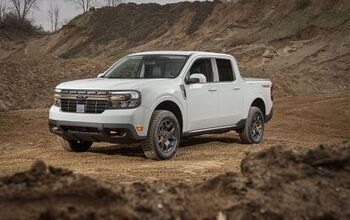

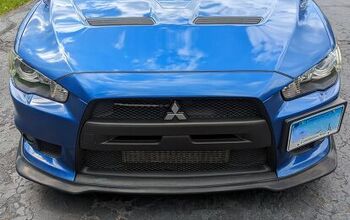
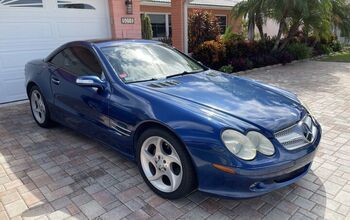
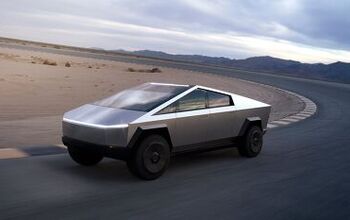
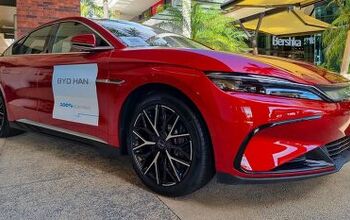

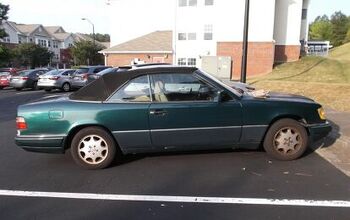
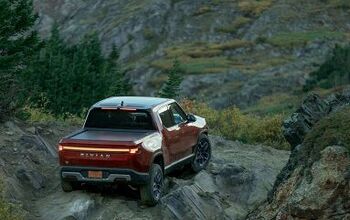
Comments
Join the conversation
With only a $790 price premium for the hybrid version, I have to wonder if the RAV4 hybrid is purely a CAFE compliance vehicle for Toyota. I find it hard to believe that less than 10% of RAV4 buyers are willing to pay only $790 extra for the hybrid version, unless Toyota is purposely restricting supply because the hybrid version is not profitable and hence they would lose money by selling more of them. I assume a lack of profits is why Ford did not continue with the Escape hybrid, and why the CRV does not provide a hybrid version.
The Escape Hybrid was not meaningless. It provided a significant increase in MPG vs the best conventional Escape in the type of real world driving that many people do in their daily driving.